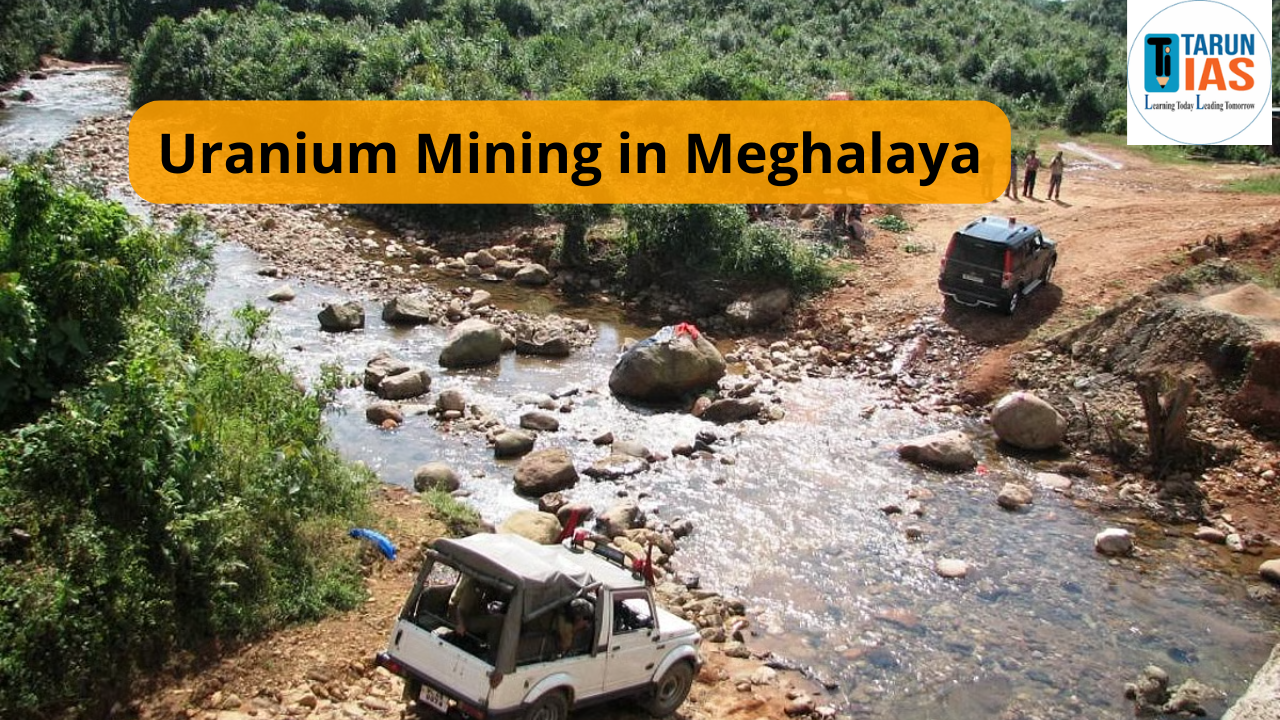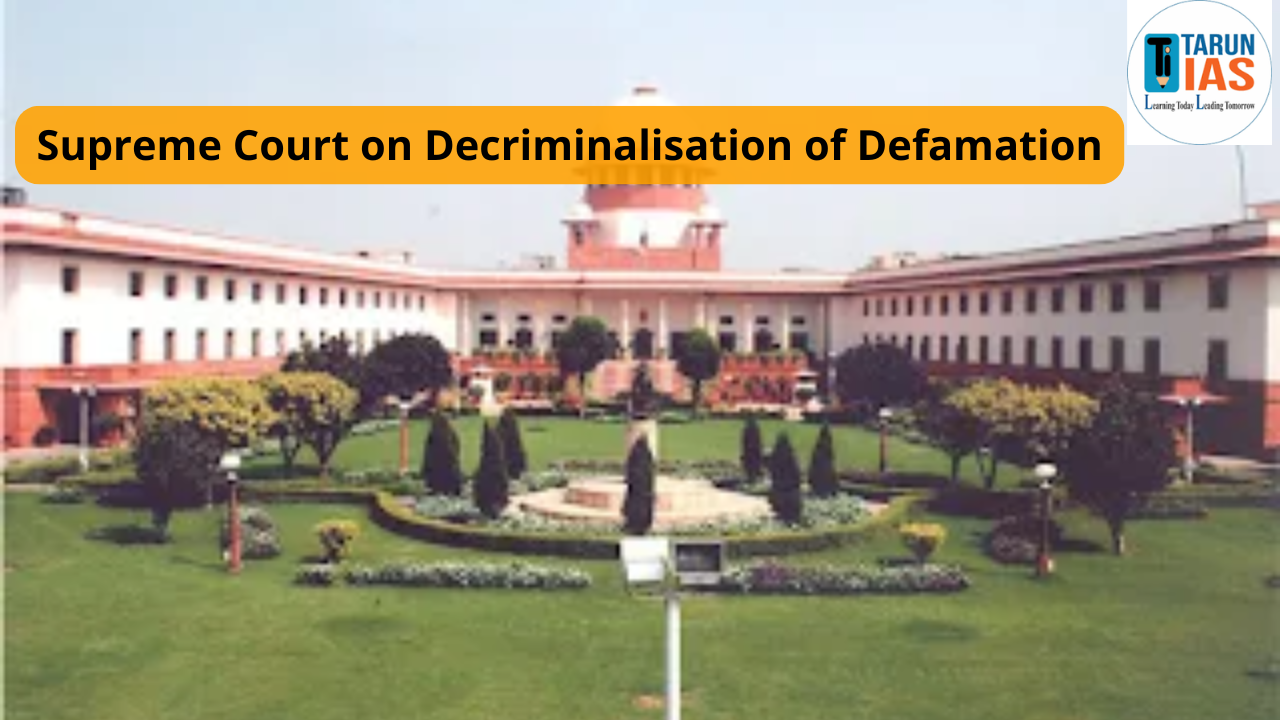Biosphere Reserves in India are specially designated areas that aim to conserve biodiversity while promoting sustainable development. Recognized under UNESCO’s Man and Biosphere (MAB) Programme, these reserves combine conservation with community-based development. As of 2025, India has 18 Biosphere Reserves, of which 12 have received international recognition by UNESCO.
This article provides a complete state-wise list of all biosphere reserves in India, along with key facts about the first, smallest, and UNESCO-recognized reserves.
Biosphere Reserves In India: Overview
Biosphere Reserves are special protected areas designated to conserve biodiversity, promote sustainable development, and support scientific research and education. These reserves are part of a global network under UNESCO’s Man and the Biosphere (MAB) Programme, aiming to strike a balance between the conservation of natural ecosystems and the needs of human communities.
Also Read: Major Rivers in India
What Are Biosphere Reserves?
Biosphere Reserves are large, protected areas that include terrestrial, marine, and coastal ecosystems. These reserves not only protect flora and fauna but also promote research, education, and sustainable economic activities for the local communities.
Objectives of Biosphere Reserves:
- Conservation of biodiversity and natural resources
- Promotion of sustainable development
- Support for research and education
- Preservation of cultural heritage
- Integration of traditional knowledge with modern conservation practices
Also Read: Ramsar sites in India
Total Number of Biosphere Reserves in India 2025
India currently has 18 notified Biosphere Reserves (BRs), spanning a wide range of ecosystems—from snow-capped Himalayas to arid deserts and lush coastal regions. Of these, 12 carry the additional distinction of being part of UNESCO’s World Network of Biosphere Reserves under the Man & the Biosphere (MAB) Programme.
Also Read: Tiger Reserves In India
List of All 18 Biosphere Reserves in India (State-Wise 2025)
As of 2025, India has a total of 18 officially designated Biosphere Reserves. These reserves represent some of the most diverse and ecologically significant regions in the country. Each reserve is categorized based on its geographic location and ecosystem type—ranging from the Western Ghats to the Eastern Himalayas, coastal zones, islands, and deserts. This list presents a state-wise, year-wise, and type-based breakdown of all Biosphere Reserves in India.
| Sr. | Year | Name | State | Type |
| 1. | 1986 | Nilgiri Biosphere Reserve | Karnataka, Tamil Nadu and Kerala | Western Ghats |
| 2. | 1988 | Nanda Devi Biosphere Reserve | Uttarakhand | Western Himalayas |
| 3. | 1988 | Nokrek | Meghalaya | Eastern hills |
| 4. | 1989 | Gulf of Mannar | Tamil Nadu | Coasts |
| 5. | 1989 | Sundarbans | West Bengal | Gangetic Delta |
| 6. | 1989 | Manas | Assam | Eastern Hills |
| 7. | 1989 | Great Nicobar Biosphere Reserve | Andaman and Nicobar Islands | Islands |
| 8. | 1994 | Simlipal | Odisha | Deccan Peninsula |
| 9. | 1998 | Dihang-Dibang | Arunachal Pradesh | Eastern Himalaya |
| 10. | 1997 | Dibru-Saikhowa | Assam | Eastern Hills |
| 11. | 1999 | Pachmarhi Biosphere Reserve | Madhya Pradesh | Semi-Arid |
| 12. | 2000 | Khangchendzonga National Park | Sikkim | East Himalayas |
| 13. | 2001 | Agasthyamalai Biosphere Reserve | Kerala, Tamil Nadu | Western Ghats |
| 14. | 2005 | Achanakmar-Amarkantak Biosphere Reserve | Madhya Pradesh, Chhattisgarh | Maikal Hills |
| 15. | 2008 | Great Rann of Kutch | Gujarat | Desert |
| 16. | 2009 | Cold Desert | Himachal Pradesh | Western Himalayas |
| 17. | 2010 | Seshachalam Hills | Andhra Pradesh | Eastern Hills |
| 18. | 2011 | Panna | Madhya Pradesh | Moist deciduous forest |
First Biosphere Reserve in India
The Nilgiri Biosphere Reserve holds the distinction of being the first Biosphere Reserve in India, established in 1986 under UNESCO’s Man and the Biosphere (MAB) Programme. It is located in the Western Ghats, one of the world’s eight “hottest hotspots” of biological diversity.
- Name: Nilgiri Biosphere Reserve
- Established: 1986
- States Covered: Tamil Nadu, Kerala, Karnataka
- Significance: It is the first biosphere reserve in India and a biodiversity hotspot in the Western Ghats. It is home to the Nilgiri Tahr, Lion-tailed Macaque, and Malabar Giant Squirrel.
Smallest Biosphere Reserve in India
The Nokrek Biosphere Reserve, established in 1988, is situated in the northeastern Indian state of Meghalaya. With an area of just 820 square kilometers, it is the smallest biosphere reserve in India, yet it plays a significant role in conserving the region’s rare wildlife and unique plant species.
- Name: Nokrek Biosphere Reserve
- Established: 1988
- State: Meghalaya
- Area: 820 km²
- Significance: It is home to rare species such as the Red Panda and Hoolock Gibbon, and supports unique citrus plants.
Largest Biosphere Reserve in India
The Great Rann of Kutch Biosphere Reserve, established in 2008, is the largest biosphere reserve in India, covering an immense area of 12,454 square kilometers. Located in the state of Gujarat, this reserve is a stunning expanse of salt desert, grasslands, marshes, and seasonal wetlands, making it one of the most ecologically diverse arid regions in the country.
- Name: Great Rann of Kutch Biosphere Reserve
- Established: 2008
- State: Gujarat
- Area: 12,454 km²
- Significance: Known for its desert ecosystem and the endangered Indian Wild Ass.
How Many Biosphere Reserves In India Are Recognized by UNESCO?
Out of 18 Biosphere Reserves in India, 12 have been included in UNESCO’s World Network of Biosphere Reserves (WNBR). As of 2025, India has 18 Biosphere Reserves, out of which 12 have been internationally recognized and included in UNESCO’s World Network of Biosphere Reserves (WNBR). These reserves represent the highest standards of biodiversity conservation, sustainable development, and community involvement on a global platform.
UNESCO-Recognized Biosphere Reserves in India
| Name | States/ UT | Year |
| Nilgiri Biosphere Reserve | Tamil Nadu, Kerala and Karnataka | 2000 |
| Gulf of Mannar Biosphere Reserve | Tamil Nadu | 2001 |
| Sundarbans Biosphere Reserve | West Bengal | 2001 |
| Nanda Devi Biosphere Reserve | Uttarakhand | 2004 |
| Nokrek Biosphere Reserve | Meghalaya | 2009 |
| Pachmarhi Biosphere Reserve | Madhya Pradesh | 2009 |
| Simlipal Biosphere Reserve | Odisha | 2009 |
| Great Nicobar Biosphere Reserve | Andaman & Nicobar Islands | 2013 |
| Achanakmar-Amarkantak Biosphere Reserve | Chhattisgarh, Madhya Pradesh | 2012 |
| Agasthyamalai Biosphere Reserve | Kerala and Tamil Nadu | 2016 |
| Khangchendzonga National Park | Sikkim | 2018 |
| Panna Biosphere Reserve | Madhya Pradesh | 2020 |
Importance of Biosphere Reserves In India
Biosphere Reserves In India are not just protected areas—they are dynamic landscapes where the conservation of biodiversity coexists with sustainable development and scientific innovation. Recognized under UNESCO’s Man and the Biosphere (MAB) Programme, these reserves are vital to achieving global environmental goals while supporting the livelihoods and cultural heritage of local communities.Biodiversity Conservation: They protect endangered species, ecosystems, and genetic resources by preserving natural habitats through strictly protected zones.
- Climate Regulation: Forests and wetlands within these reserves act as carbon sinks, helping to reduce the effects of climate change and maintain ecological stability.
- Cultural Preservation: They support indigenous communities and protect traditional knowledge and sustainable practices that promote harmony with nature.
- Research and Education: Biosphere Reserves serve as sites for ecological research, monitoring environmental changes, and educating people on sustainable development.
- Sustainable Livelihoods: These areas promote eco-friendly activities like organic farming, forest-based livelihoods, and tourism, benefiting local communities while preserving nature.
Conclusion
Biosphere Reserves in India are not just conservation sites, but models of harmonious coexistence between people and nature. With 18 Biosphere Reserves, including 12 UNESCO-recognized ones, India stands committed to preserving its ecological heritage. Strengthening management, ensuring community participation, and integrating scientific research are key to making these reserves sustainable and effective in the long term.
Biosphere Reserves in India FAQs
What are Biosphere Reserves in India and why are they important?
Biosphere Reserves in India are specially protected areas that aim to conserve biodiversity while promoting sustainable development and research. They play a critical role in preserving endangered species, ecosystems, and indigenous knowledge while supporting eco-friendly economic activities for local communities.
Which is the smallest Biosphere Reserve in India and where is it located?
The Nokrek Biosphere Reserve in Meghalaya, covering 820 km², is the smallest in India. Despite its small size, it is ecologically significant for housing rare species such as the Red Panda and Hoolock Gibbon, and for preserving wild citrus species.
How many Biosphere Reserves in India are part of the UNESCO World Network?
Out of the 18 Biosphere Reserves in India (as of 2025), 12 have been recognized by UNESCO as part of the World Network of Biosphere Reserves (WNBR), acknowledging their global ecological value and sustainable management practices.
Which is the first Biosphere Reserve in India?
The Nilgiri Biosphere Reserve, established in 1986, is the first Biosphere Reserve in India. Located in the Western Ghats, it spans across Tamil Nadu, Kerala, and Karnataka and is home to endangered species like the Nilgiri Tahr and Lion-tailed Macaque.
What is the largest Biosphere Reserve in India?
The Great Rann of Kutch Biosphere Reserve in Gujarat is the largest biosphere reserve in India, covering 12,454 km². It features a unique desert ecosystem and supports species like the endangered Indian Wild Ass.















